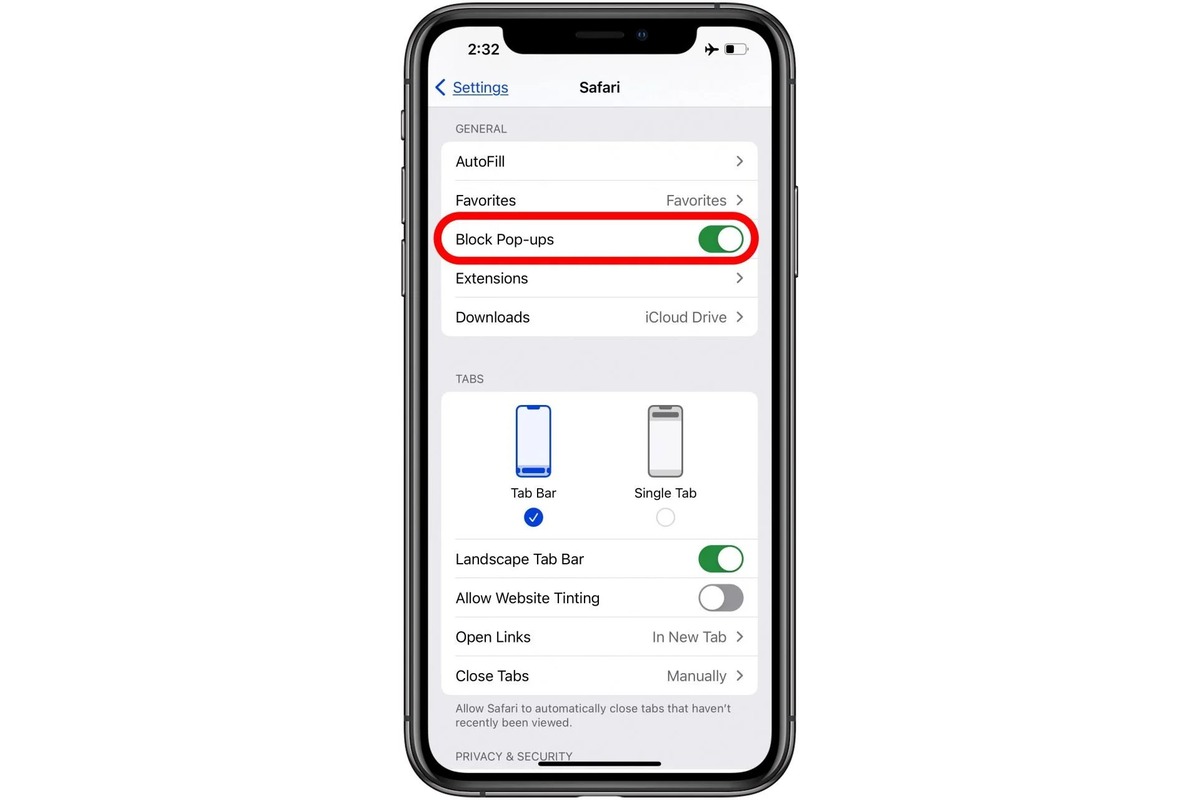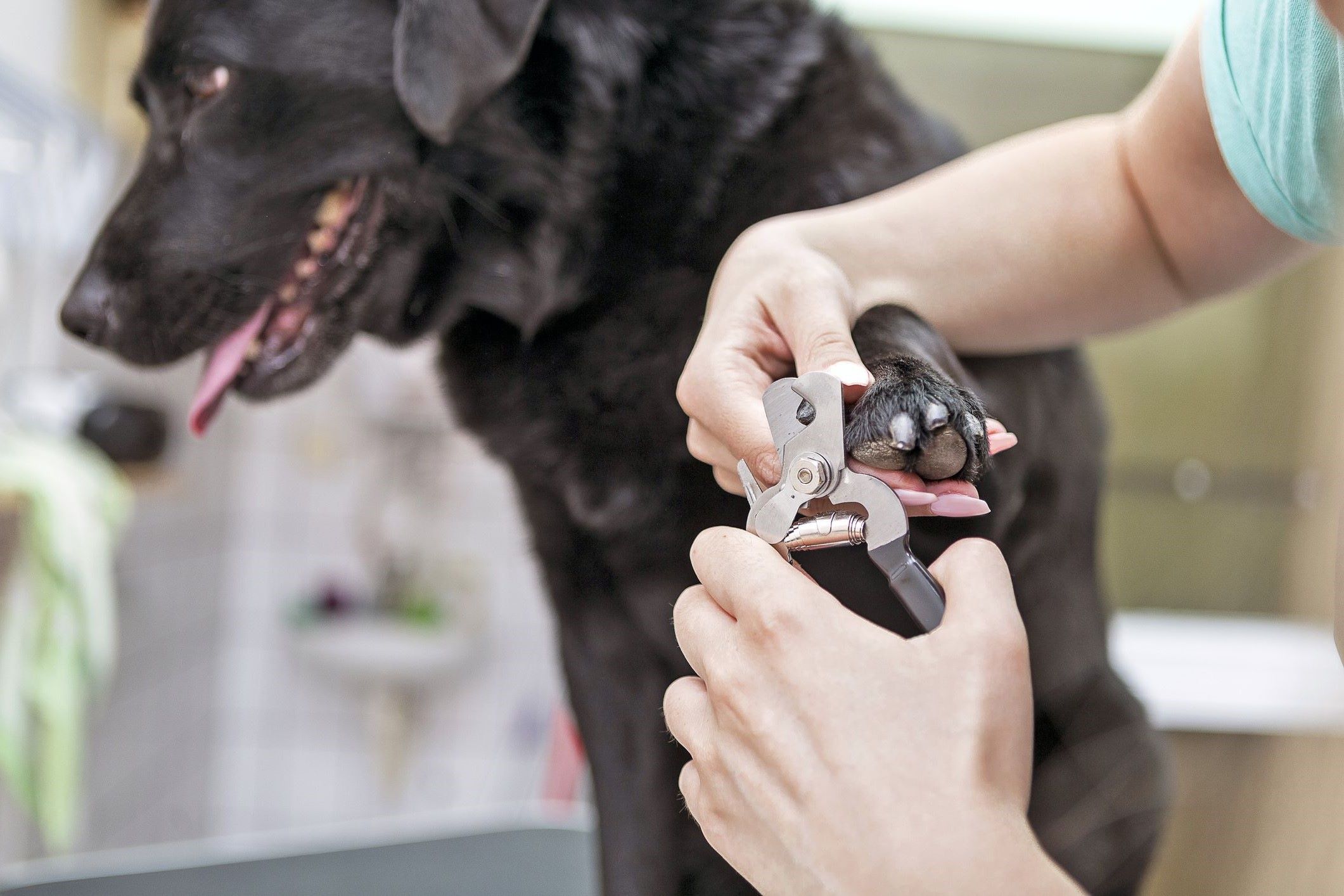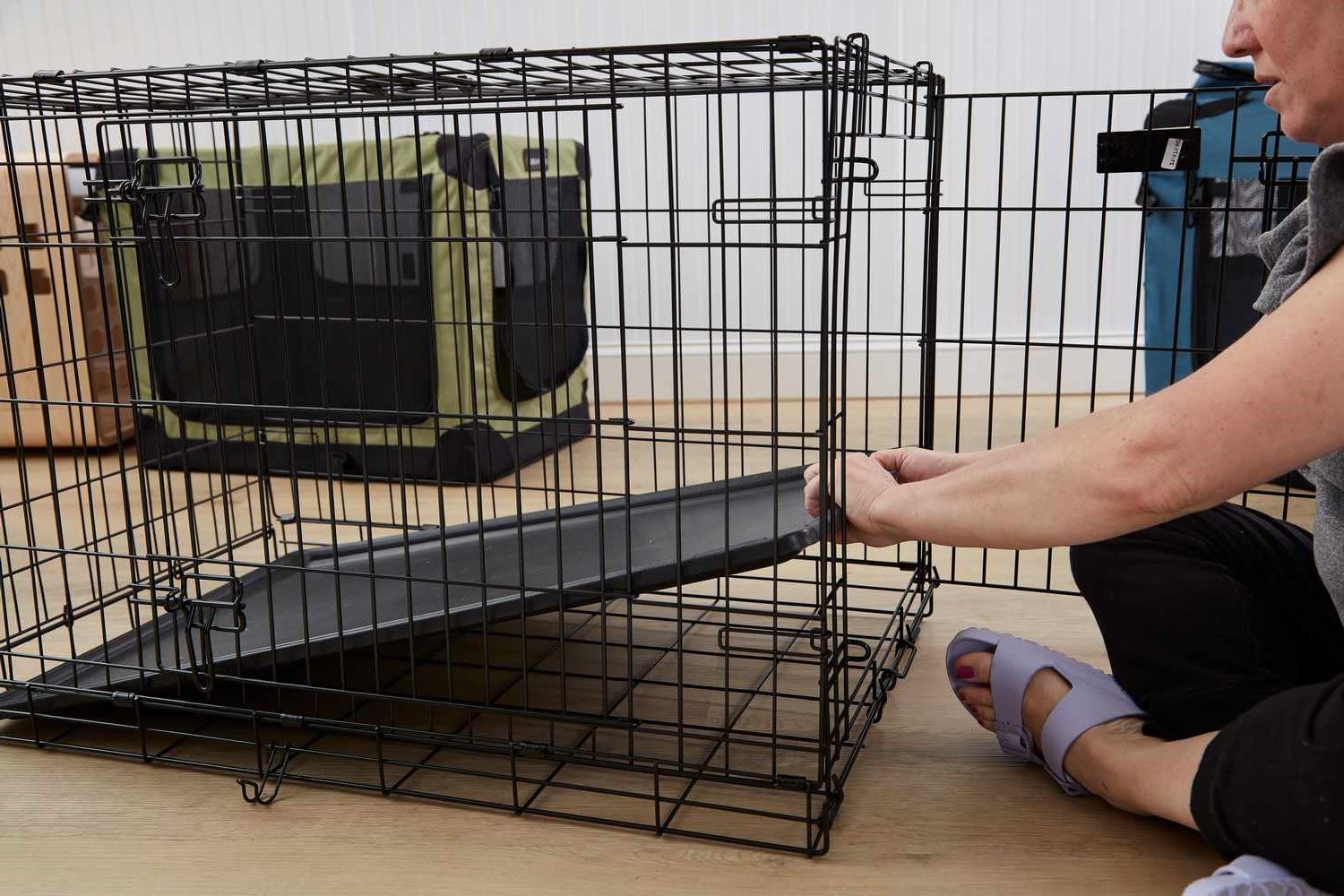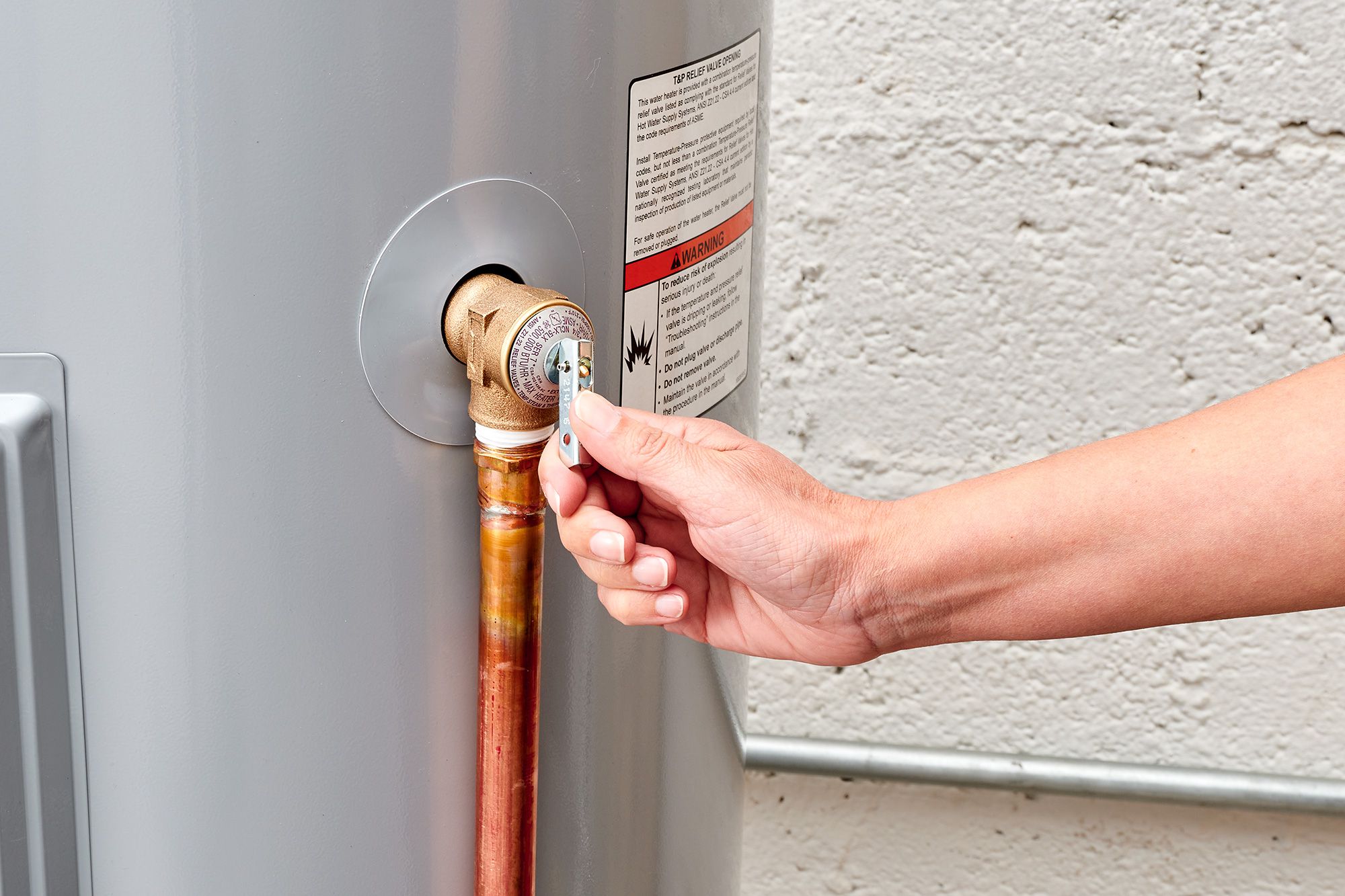Home>Pets & Animals>How To Pick Up A Dog
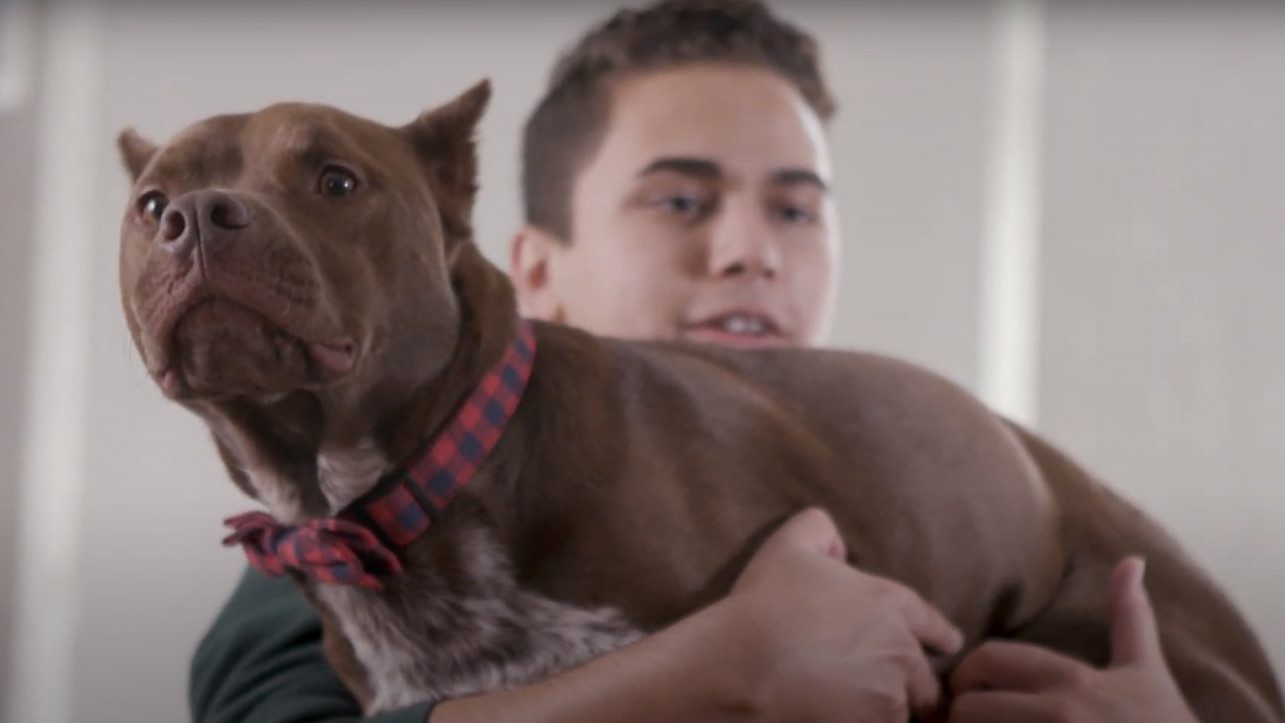

Pets & Animals
How To Pick Up A Dog
Published: March 7, 2024
Learn the best techniques for picking up a dog and building a strong bond with your pet. Discover expert tips and advice for handling pets and animals.
(Many of the links in this article redirect to a specific reviewed product. Your purchase of these products through affiliate links helps to generate commission for Noodls.com, at no extra cost. Learn more)
Table of Contents
Introduction
Picking up a dog may seem like a simple task, but it requires careful consideration and understanding of the dog's behavior and body language. Whether you're a pet owner, a dog enthusiast, or someone who encounters dogs in various settings, knowing how to properly pick up a dog is essential for their safety and comfort. In this comprehensive guide, we will delve into the nuances of approaching, lifting, and handling dogs in a manner that fosters trust and minimizes stress for both the dog and the handler. Understanding the intricacies of canine communication and behavior is crucial in ensuring a positive and safe interaction when picking up a dog. By learning the proper techniques and employing positive reinforcement, you can create a harmonious and enjoyable experience for both you and the dog. Let's embark on this enlightening journey to discover the art of picking up a dog with confidence and care.
Read more: How To Glow Up
Understanding the dog's body language
Understanding a dog's body language is crucial when it comes to picking them up. Dogs communicate primarily through body signals, and being able to interpret these cues is essential for a successful and stress-free interaction. Here are some key aspects of a dog's body language to consider:
1. Tail Wagging:
- Contrary to popular belief, a wagging tail does not always indicate friendliness. The position and speed of the wag can convey different emotions. A slow, relaxed wag often signifies a calm and content state, while a fast, stiff wag may indicate agitation or alertness.
2. Ear Position:
- The position of a dog's ears can provide valuable insights into their mood. Ears held forward suggest attentiveness or excitement, while ears pinned back against the head may signal fear, anxiety, or submission.
3. Body Posture:
- A dog's overall body posture is a significant indicator of their emotional state. A relaxed and loose stance typically signifies a comfortable and non-threatening demeanor. Conversely, a tense or rigid posture may indicate discomfort, fear, or defensiveness.
Read more: How To Enable Pop Ups On IPhone
4. Facial Expressions:
- Just like humans, dogs convey emotions through facial expressions. A relaxed, open mouth with a slightly lolling tongue often indicates a friendly and approachable disposition. On the other hand, a wrinkled forehead, narrowed eyes, or bared teeth can signal stress, aggression, or discomfort.
5. Vocalizations:
- While not strictly body language, a dog's vocalizations, such as barking, growling, or whining, are important forms of communication. These sounds can provide valuable context to their body language and should be considered when assessing their overall state of mind.
By paying close attention to these subtle cues, you can gauge a dog's comfort level and willingness to be picked up. It's important to approach a dog for lifting only when they exhibit relaxed and friendly body language, ensuring a positive and stress-free experience for both the dog and the handler.
Approaching the dog
Approaching a dog with the intent to pick them up requires a thoughtful and considerate approach. Before initiating any physical contact, it's crucial to assess the dog's body language and overall demeanor. Here are essential steps to consider when approaching a dog:
-
Observe from a Distance: When encountering a dog, especially one that is unfamiliar to you, it's best to observe them from a distance. This allows the dog to become aware of your presence without feeling immediately encroached upon. By maintaining a respectful distance, you can gauge the dog's initial reaction and assess their comfort level.
-
Use a Calm and Gentle Tone: Dogs are highly attuned to human vocal cues, so it's important to use a calm and gentle tone when speaking to them. Avoid sudden or loud noises that may startle the dog. Speaking softly and using reassuring phrases can help create a relaxed atmosphere, signaling to the dog that you are non-threatening.
-
Approach from the Side: When you decide to move closer to the dog, approach from the side rather than head-on. Directly facing a dog can be perceived as confrontational in the canine world. By approaching from the side, you appear less threatening and allow the dog to maintain a sense of control over the interaction.
-
Avoid Direct Eye Contact: In dog language, direct eye contact can be interpreted as a challenge or a threat. To convey a non-threatening demeanor, avoid prolonged eye contact with the dog, especially during the initial approach. Instead, blink softly and avert your gaze to demonstrate a non-confrontational stance.
-
Allow the Dog to Initiate Contact: Once you are in close proximity to the dog, allow them to initiate physical contact if they are comfortable. Extend your hand in a non-threatening manner and allow the dog to approach and sniff you. This gesture respects the dog's personal space and gives them the opportunity to engage at their own pace.
-
Assess the Dog's Response: Pay close attention to the dog's reaction as you approach. Signs of relaxation, such as a loose body posture, wagging tail, and friendly facial expressions, indicate that the dog is receptive to interaction. Conversely, signs of tension, avoidance, or aggression suggest that the dog may not be comfortable with further interaction at that moment.
By approaching a dog with attentiveness and respect for their boundaries, you can lay the foundation for a positive and trusting relationship. This initial approach sets the stage for further interaction, including the eventual act of picking up the dog in a manner that is safe and comfortable for both the dog and the handler.
Building trust and rapport
Building trust and rapport with a dog is a gradual process that requires patience, empathy, and a deep understanding of canine behavior. By establishing a strong foundation of trust, you can create a harmonious and mutually respectful relationship with the dog, setting the stage for successful interactions, including the act of picking them up.
Read more: How To Set Up Pool Balls
Establishing Positive Associations
One of the most effective ways to build trust with a dog is to associate your presence with positive experiences. This can be achieved through gentle and non-intrusive interactions, such as offering treats, engaging in play sessions, and providing soothing massages. By consistently pairing your presence with enjoyable activities, the dog learns to associate you with feelings of comfort and security, fostering a sense of trust and ease in your presence.
Respect Boundaries and Cues
Respecting a dog's boundaries and cues is paramount in building trust. Pay close attention to the dog's body language and vocalizations, and honor their signals of discomfort or reluctance. If a dog displays signs of unease, such as backing away, avoiding eye contact, or vocalizing softly, it's essential to respect their need for space and refrain from imposing physical contact. By acknowledging and respecting their cues, you demonstrate empathy and establish a foundation of trust based on mutual respect.
Consistent and Gentle Handling
When engaging in physical contact with the dog, such as petting or gentle handling, it's crucial to maintain a consistent and gentle approach. Avoid sudden movements or rough handling, as these can erode trust and cause the dog to feel apprehensive. Instead, use slow and deliberate movements, offering gentle strokes and maintaining a calm demeanor. Consistency in your interactions helps the dog feel secure and predict the outcome of each interaction, reinforcing a sense of trust in your presence.
Building Positive Experiences
Creating positive experiences for the dog is instrumental in building trust and rapport. Engage in activities that the dog enjoys, such as interactive play, leisurely walks, or relaxing grooming sessions. By participating in activities that bring joy to the dog, you strengthen the bond and create a positive association with your presence. This, in turn, cultivates a sense of trust and comfort, laying the groundwork for successful and stress-free interactions, including the act of picking up the dog when necessary.
By prioritizing the establishment of trust and rapport, you pave the way for a mutually enriching relationship with the dog, characterized by understanding, respect, and harmony. This foundation of trust forms the cornerstone of positive interactions, ensuring that the dog feels secure and valued in your presence, ultimately leading to a seamless and comfortable experience when it comes to picking them up.
Read more: How To Tie A Button Up Shirt
Using positive reinforcement
Positive reinforcement is a powerful tool for shaping a dog's behavior and fostering a strong bond based on trust and mutual respect. By utilizing positive reinforcement techniques, you can encourage desirable behaviors in dogs while nurturing a positive and harmonious relationship. This approach focuses on rewarding the dog for exhibiting the desired behavior, thereby increasing the likelihood of its repetition. Here's a detailed exploration of the principles and methods of positive reinforcement:
Principles of Positive Reinforcement
Positive reinforcement operates on the principle of associating a specific behavior with a favorable outcome, thereby reinforcing the likelihood of that behavior occurring again. When a dog engages in a behavior that aligns with your expectations, such as approaching calmly or allowing gentle handling, it's essential to promptly reward them with something they find rewarding, such as verbal praise, a favorite treat, or a brief play session. This creates a positive association with the desired behavior, motivating the dog to repeat it in anticipation of a favorable outcome.
Rewards and Motivators
Identifying the most effective rewards and motivators for a dog is integral to the success of positive reinforcement. While treats are a commonly used reward, it's important to consider the individual preferences and sensitivities of the dog. Some dogs may be motivated by verbal praise, while others may respond more enthusiastically to a favorite toy or a brief game of fetch. Understanding what truly motivates the dog allows you to tailor the rewards to their unique preferences, maximizing the effectiveness of positive reinforcement.
Timing and Consistency
The timing of the reward is crucial in positive reinforcement. It's essential to deliver the reward immediately after the desired behavior occurs, as this creates a clear association between the behavior and the reward. Consistency is equally important, as it reinforces the predictability of the reward, reinforcing the dog's understanding of the desired behavior. By consistently rewarding the behavior you wish to encourage, you communicate to the dog that their actions are valued and appreciated, strengthening the likelihood of future displays of the same behavior.
Read more: How To Have A Glow Up
Shaping Desired Behaviors
Positive reinforcement can be used to shape complex behaviors by breaking them down into smaller, achievable steps. This process, known as shaping, involves rewarding incremental progress toward the desired behavior. For example, when teaching a dog to remain calm during handling, you can reward moments of relaxed body language and gradually extend the duration of calm behavior before offering the reward. This gradual shaping of behavior allows the dog to understand and internalize the desired conduct, leading to sustained positive outcomes.
Long-Term Impact
The use of positive reinforcement not only encourages desirable behaviors in the immediate context but also contributes to the long-term well-being and emotional stability of the dog. By creating a positive and rewarding environment, you instill a sense of confidence and security in the dog, fostering a deep bond built on trust and respect. This, in turn, leads to a more cooperative and willing attitude in the dog, making future interactions, including the act of picking them up, more seamless and stress-free.
Incorporating positive reinforcement into your interactions with dogs not only promotes desirable behaviors but also cultivates a nurturing and supportive relationship. By leveraging the principles of positive reinforcement, you can create a positive and enriching environment for the dog, leading to a harmonious and mutually fulfilling bond based on trust, respect, and understanding.
Handling and lifting the dog safely
When it comes to handling and lifting a dog, prioritizing their safety and comfort is paramount. Whether you need to lift them for grooming, medical care, or transportation, employing proper techniques is essential to minimize stress and potential injury to the dog. Here's a detailed exploration of the best practices for handling and lifting dogs safely:
Assess the Dog's Comfort Level
Before attempting to lift a dog, it's crucial to assess their comfort level with physical contact and handling. Pay attention to their body language and vocalizations, ensuring that they exhibit relaxed and receptive cues. If the dog displays signs of tension, avoidance, or distress, it's important to refrain from lifting them and instead focus on building trust and addressing any underlying anxieties.
Read more: How To Start A Dog Rescue
Approach from a Calm and Non-Threatening Position
When preparing to lift a dog, approach them from the side in a calm and non-threatening manner. Avoid sudden movements or looming over the dog, as these actions can trigger feelings of apprehension. Using a gentle and reassuring tone, communicate with the dog to maintain a sense of calm and security throughout the process.
Support the Dog's Body Properly
When lifting a dog, it's essential to provide adequate support for their body to prevent unnecessary strain or discomfort. Depending on the size and temperament of the dog, different lifting techniques may be employed. For smaller dogs, gently scoop them up, ensuring that one hand supports their chest and the other supports their hindquarters. Larger dogs may require the use of a supportive harness or sling to distribute their weight evenly and minimize the risk of injury.
Minimize Lifting Height and Duration
To reduce the risk of strain or injury to both the dog and the handler, it's advisable to minimize the height and duration of lifting. Whenever possible, lift the dog from a position close to the ground to minimize the impact of lifting. Additionally, aim to keep the lifting duration brief, gently placing the dog back on the ground as soon as the lifting task is completed.
Communicate Reassurance and Support
Throughout the lifting process, maintain a continuous stream of reassurance and support for the dog. Use soothing verbal cues and gentle physical contact to convey a sense of security and comfort. By providing a reassuring and supportive environment, you can help alleviate any potential stress or unease the dog may experience during the lifting process.
By adhering to these guidelines and prioritizing the safety and well-being of the dog, handling and lifting can be carried out in a manner that fosters trust and comfort. This approach not only ensures the physical safety of the dog but also contributes to a positive and trusting relationship between the dog and the handler.

